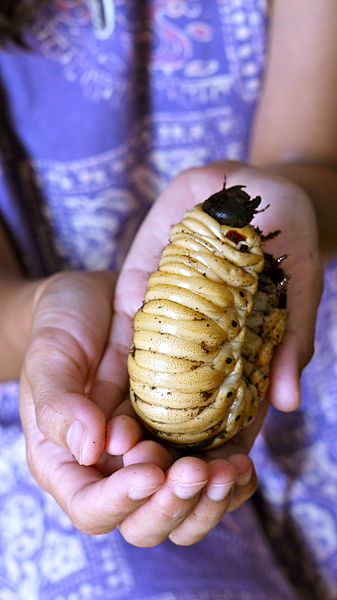Ichthyoplankton are the eggs and larvae of fish. They are mostly found in the sunlit zone of the water column, less than 200 metres deep, which is sometimes called the epipelagic or photic zone. Ichthyoplankton are planktonic, meaning they cannot swim effectively under their own power, but must drift with the ocean currents. Fish eggs cannot swim at all, and are unambiguously planktonic. Early stage larvae swim poorly, but later stage larvae swim better and cease to be planktonic as they grow into juveniles. Fish larvae are part of the zooplankton that eat smaller plankton, while fish eggs carry their own food supply. Both eggs and larvae are themselves eaten by larger animals.
Diagram of a fish egg: A. vitelline membrane B. chorion C. yolk D. oil globule E. perivitelline space F. embryo Fish produce many eggs, typically about 1mm across, and usually release them into the open water column
PairoVET tow
Bongo tow
In addition to net tows, plankton is collected while the research vessel is moving using a Continuous Underway Fish Egg Sampler, or CUFES. Water is pumped aboard the vessel from 3 m depth at 640 liters/min. The water is sent through a concentrator where it passes through a net, and the plankton is diverted to a collector. While CUFES is running, a data logger is recording the date, time, and position for each sample as well as other environmental data from the ship's sensors (e.g. wind speed, direction, SST).
A larva is a distinct juvenile form many animals undergo before metamorphosis into their next life stage. Animals with indirect development such as insects, amphibians, or cnidarians typically have a larval phase of their life cycle.
Larva of the Papilio xuthus butterfly
Eurosta solidaginis Goldenrod Gall Fly larva
The larvae of the Hercules beetle (Dynastes hercules) are among the largest of any species of insect
Campodeiform larva of Micromus sp.








